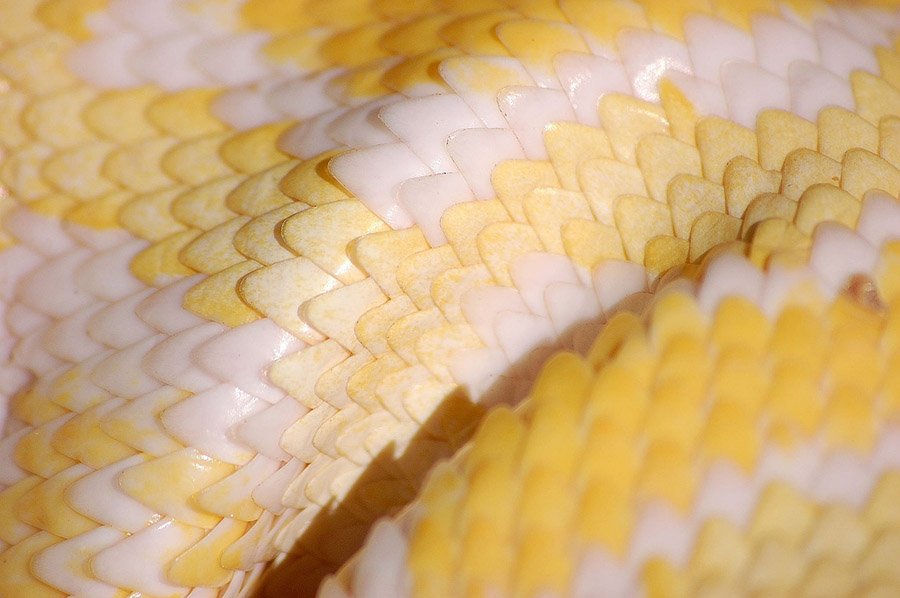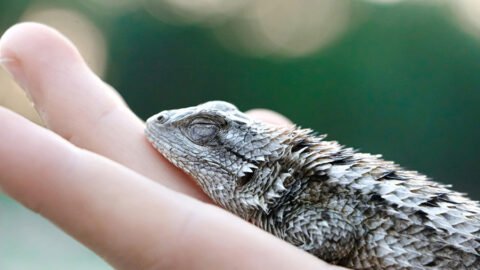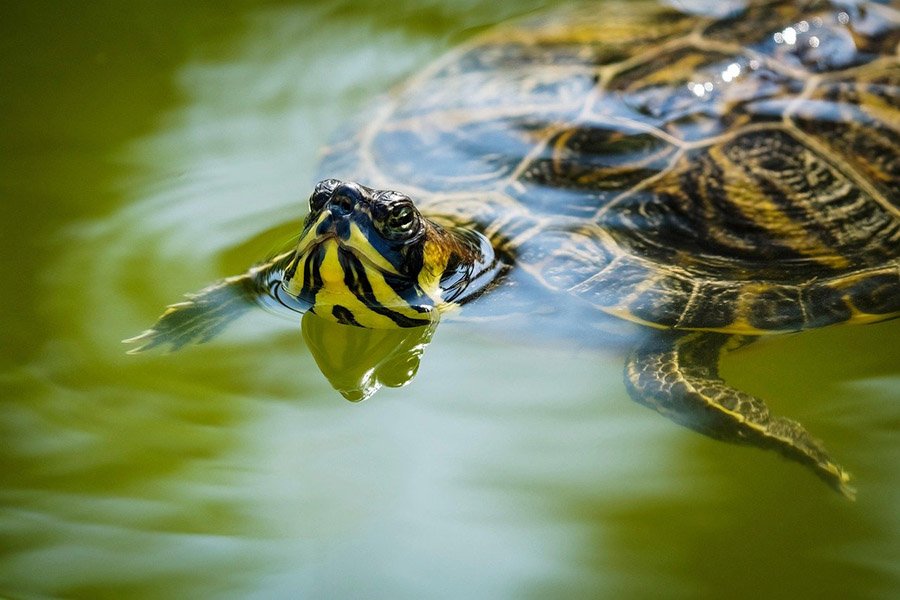Reptiles are fascinating creatures that have captured the interest of many due to their unique biological and behavioral traits. One of the most common questions people have about reptiles is whether they sweat to regulate their body temperature, similar to how mammals do.
The short answer is no—reptiles do not sweat. Instead, they have evolved a variety of behavioral and physiological adaptations to manage their body temperature. This article will explore how reptiles regulate their body temperature and the fascinating methods they use to survive in diverse environments.
Understanding Ectothermy in Reptiles
Reptiles are ectothermic, meaning they rely on external sources of heat to regulate their body temperature. Unlike endothermic animals, such as mammals, which generate heat internally, reptiles depend on environmental conditions to maintain their body warmth. This is why you often see reptiles basking in the sun—they need the warmth to kickstart their metabolism and maintain bodily functions.
Ectothermy offers reptiles some advantages, such as reduced energy expenditure, as they do not need to constantly burn calories to maintain a stable internal temperature. However, it also makes them highly dependent on their surroundings, requiring them to adapt their behavior and physiology to the environmental conditions they face.
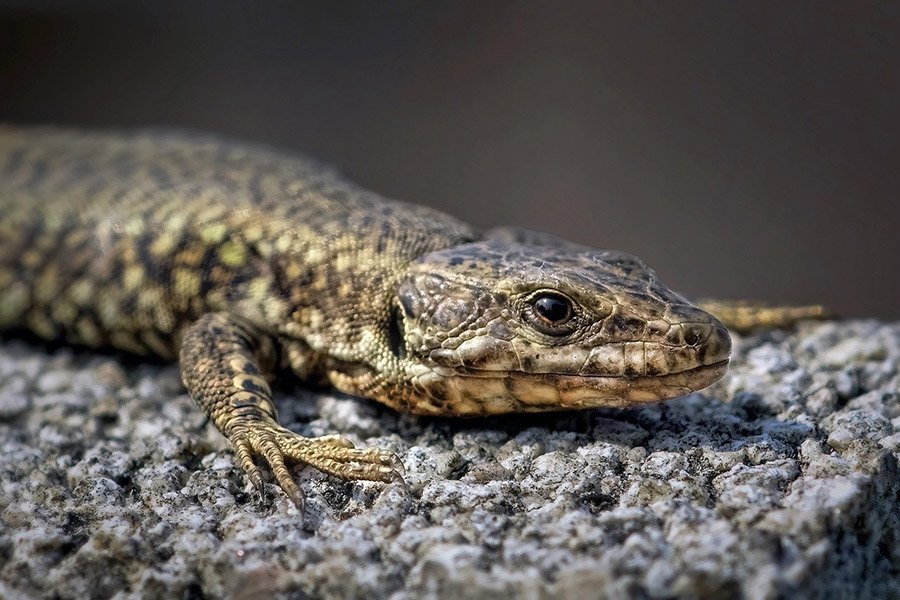
Behavioral Thermoregulation
Basking in the Sun
One of the primary ways reptiles regulate their body temperature is through basking. By exposing themselves to sunlight, reptiles can absorb radiant heat, which raises their body temperature. This behavior is crucial for digestion, mobility, and overall metabolic function. For example, lizards and snakes are often seen lying on rocks or in open areas during the morning hours to warm up after a cool night.
Seeking Shade
When reptiles get too hot, they will seek out shade or cooler areas to lower their body temperature. This behavior is essential to prevent overheating, which can lead to heat stress or even death. Many reptiles will retreat to burrows, under rocks, or into water to cool down when the environment becomes too hot.
Nocturnal Activity
In extremely hot climates, some reptiles have adapted by becoming nocturnal. By being active during the cooler nighttime hours, these reptiles avoid the intense heat of the day, which helps them maintain a stable body temperature while also conserving energy.
Physiological Thermoregulation
Adjusting Metabolic Rate
Reptiles can regulate their body temperature by adjusting their metabolic rate. When temperatures drop, reptiles may slow their metabolic processes to conserve energy, becoming less active until they can warm up again. Conversely, when temperatures are warm, their metabolism speeds up, allowing them to be more active and engage in behaviors like hunting or mating.
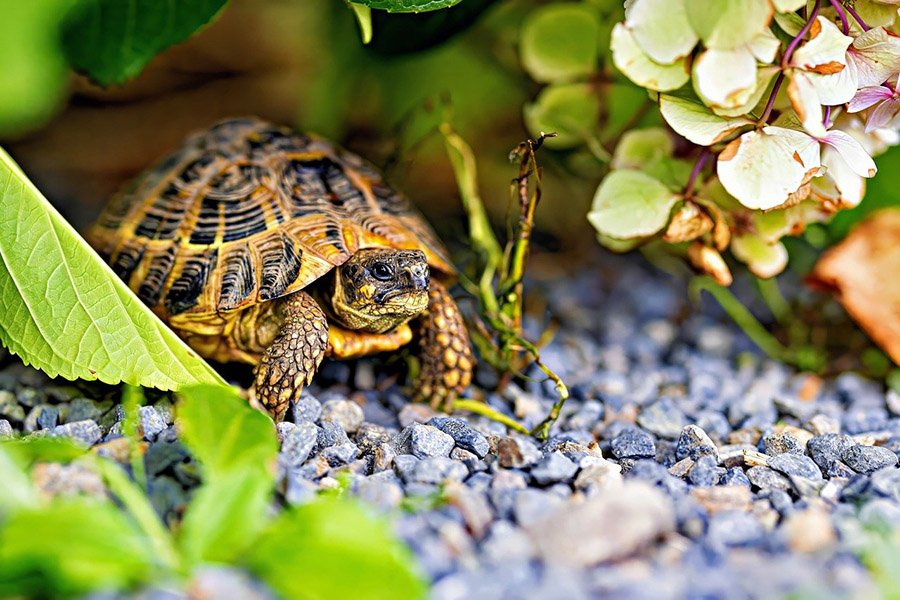
Color Change and Heat Absorption
Some reptiles, like chameleons and certain lizards, can change their skin color to regulate heat absorption. Darker colors absorb more heat, while lighter colors reflect it. This ability allows reptiles to fine-tune their body temperature depending on the environmental conditions.
Evaporative Cooling
While reptiles do not sweat, some species have developed alternative methods for cooling down, such as evaporative cooling. This process involves releasing water vapor through their skin or mouths to help dissipate heat. For instance, some reptiles will gape (hold their mouths open) to release excess heat, especially in hot climates.
Environmental Adaptations
Habitat Selection
Reptiles are incredibly adaptable and can be found in a wide range of habitats, from deserts to rainforests. Their ability to select habitats that provide the necessary thermal environments is critical for their survival. Desert reptiles, for example, may use sun-heated rocks to warm up, while jungle-dwelling species might rely on the humidity and canopy cover to maintain an optimal temperature.
Hibernation and Brumation
In colder climates, some reptiles enter a state of dormancy known as brumation, which is similar to hibernation. During brumation, reptiles significantly reduce their metabolic rate and body temperature to conserve energy until warmer conditions return. This adaptation allows them to survive periods of cold when they are unable to actively regulate their body temperature through external heat sources.
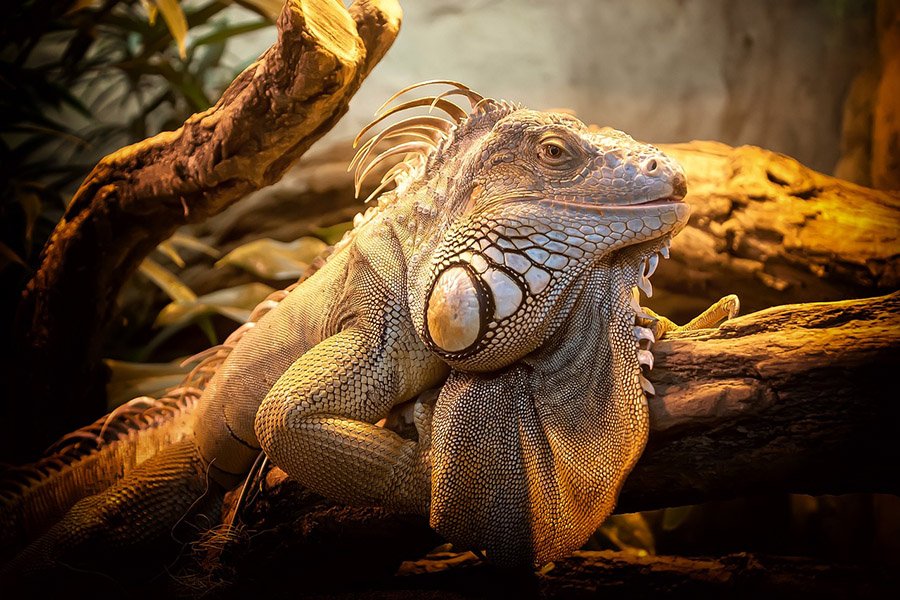
Health Implications of Thermoregulation
Impact on Metabolic Processes
Maintaining the right body temperature is crucial for reptiles, as it directly affects their metabolic processes. If a reptile becomes too cold, its metabolism slows down, leading to sluggishness and potential health issues. On the other hand, if a reptile becomes too hot, it can suffer from dehydration, heat stress, or heat stroke.
Thermoregulation in Captivity
For reptile owners, it is essential to provide the right environmental conditions to help their pets regulate their body temperature. This includes offering heat lamps, basking spots, and cool areas within their enclosures. Proper thermoregulation is key to ensuring that reptiles in captivity remain healthy and active.
Conclusion
Reptiles do not sweat like mammals, but they have evolved a variety of behavioral and physiological strategies to regulate their body temperature. From basking in the sun to seeking shade, adjusting their metabolic rate, and even entering states of dormancy, reptiles have mastered the art of thermoregulation.
Understanding these processes is crucial for reptile owners and enthusiasts, as it highlights the remarkable adaptability of these fascinating creatures and the importance of providing the right conditions for their well-being.

